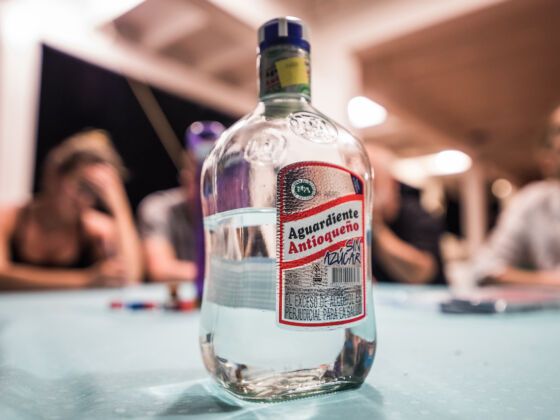1. Singani (Bolivia)
Singani is produced from white muscatel grapes grown at elevations of 5,250 feet or higher. Rather than age, the quality of the product is determined by the quality of the grapes at the start of production.
2. Soju (Korea)
Soju has a taste comparable to vodka yet slightly sweeter. “In 2006, it was estimated that the average adult Korean (older than 20) had consumed 90 bottles of soju during that year.”[1]
